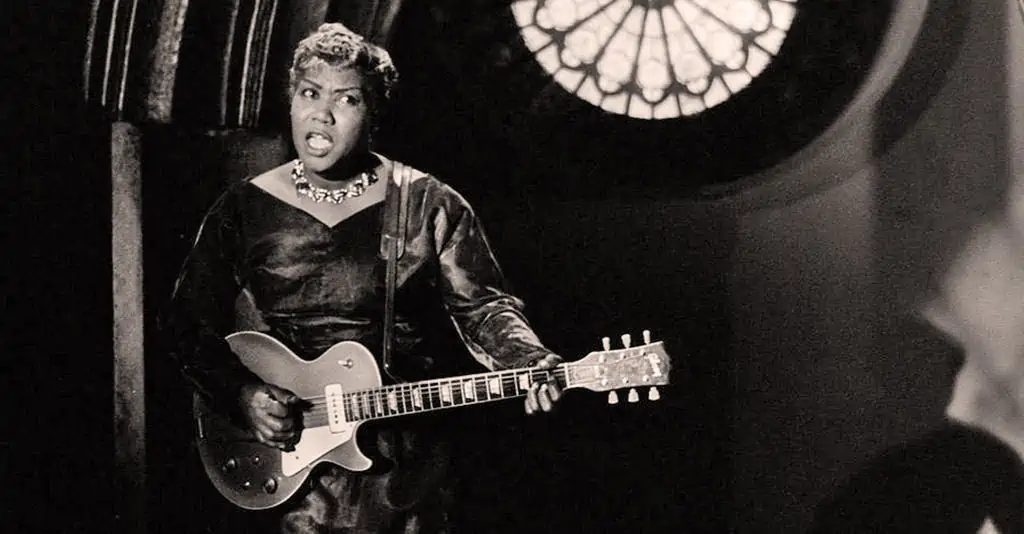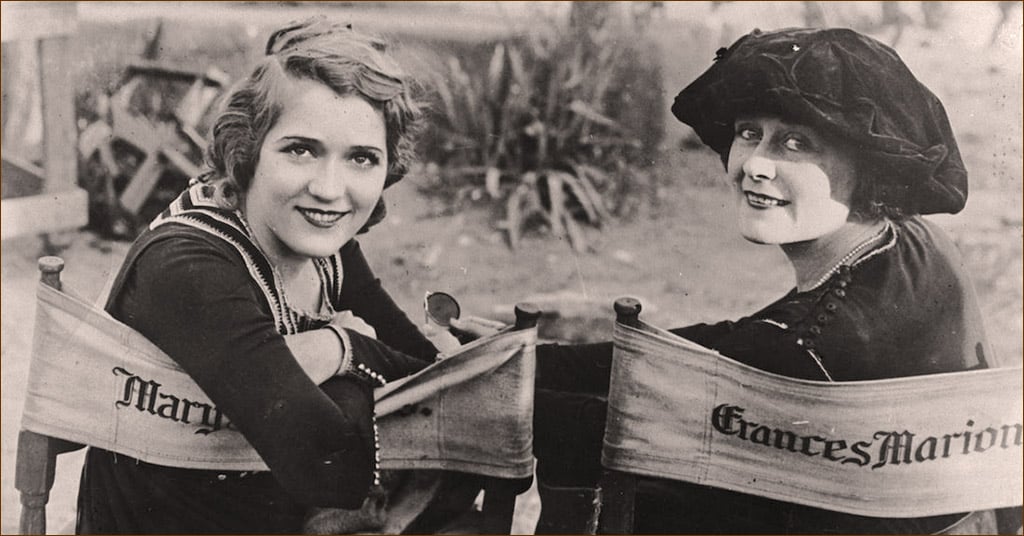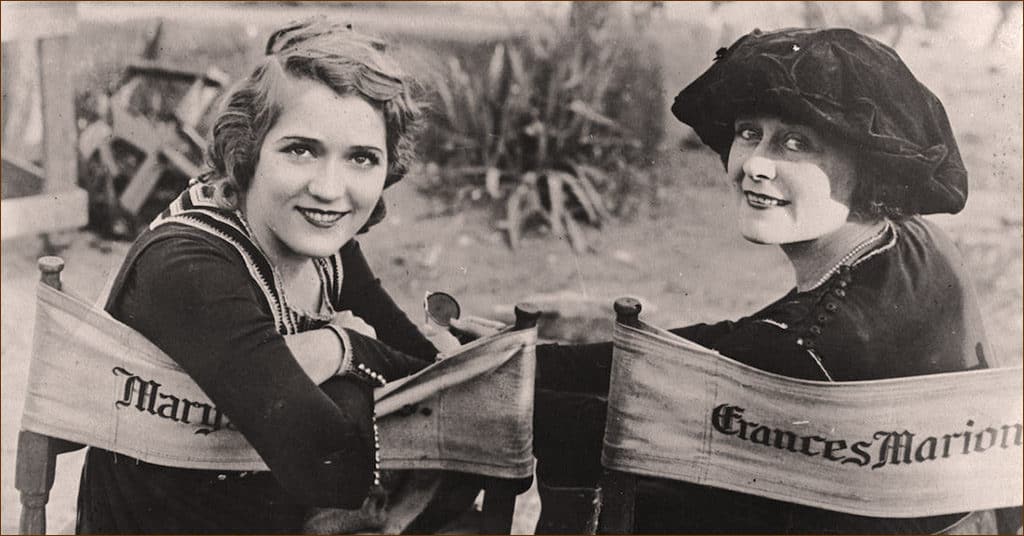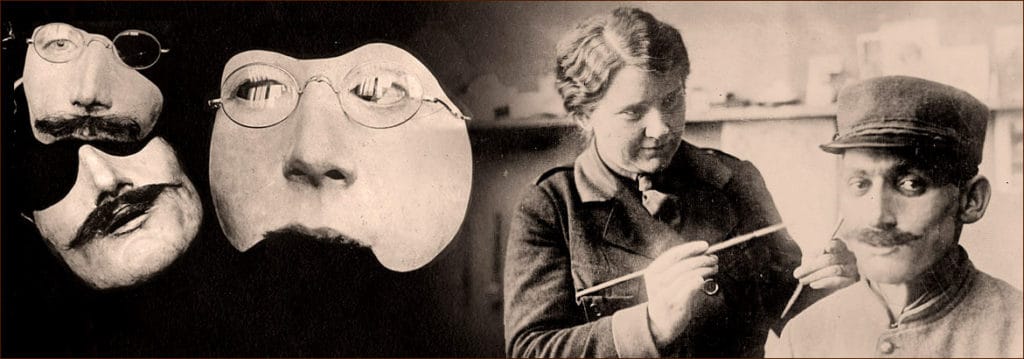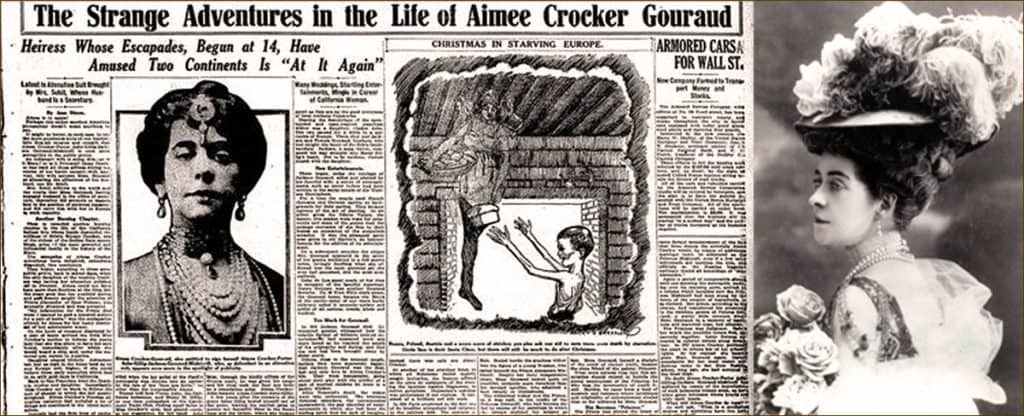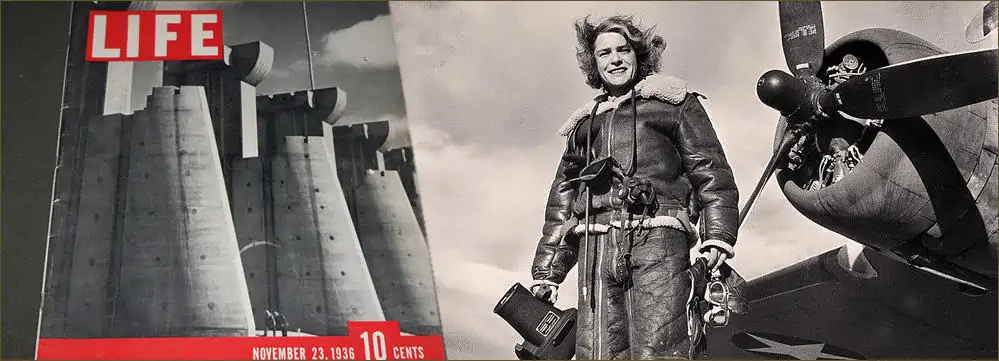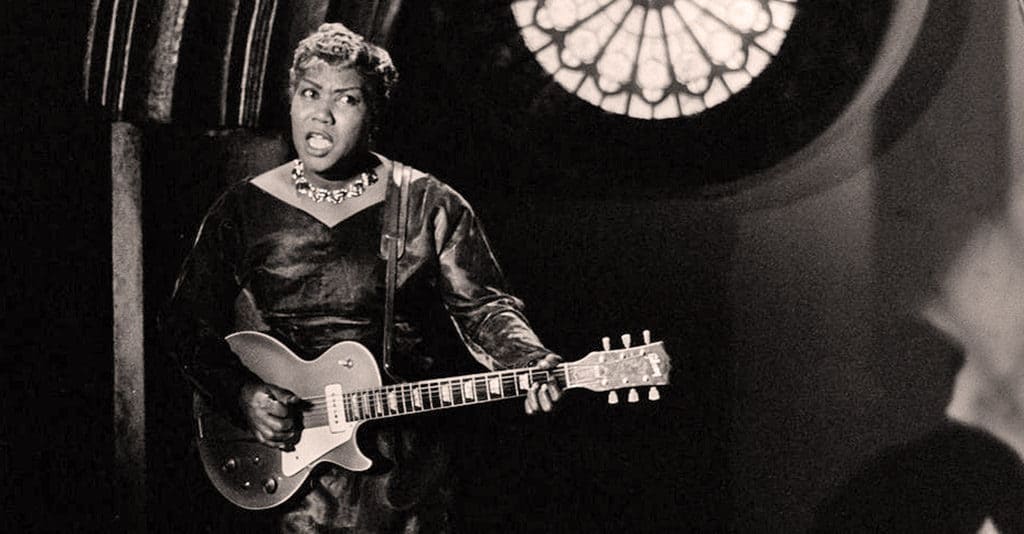
When Sister Rosetta Tharpe picked up her electric guitar in the 1940s and lit into “Strange Things Happening Every Day,” she didn’t know she was creating a musical style that would become an international sensation. But today, this audience-taunting, duck-walking, howling, stomping, gospel-singing black woman is known as the Mother of Rock and Roll.
Continue reading “Sister Rosetta Tharpe: Rock & Roll’s First Guitar Heroine”

